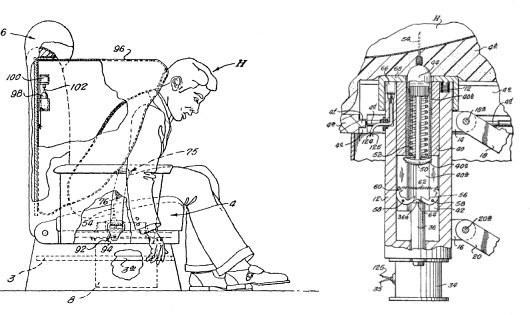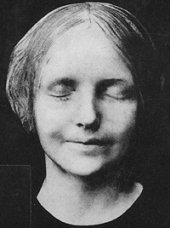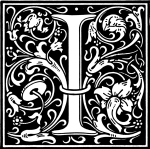A communication in the Naturalist some time ago in regard to musical mice, prepared me for a phenomenon which recently came under my observation, which otherwise would have astonished me beyond conception. I was sitting a few evenings since, not far from a half-open closet door, when I was startled by a sound issuing from the closet, of such marvellous beauty that I at once asked my wife how Bobbie Burns (our canary) had found his way into the closet, and what could start him to singing such a queer and sweet song in the dark. I procured a light and found it to be a mouse! He had filled an over-shoe from a basket of pop-corn which had been popped and placed in the closet in the morning. Whether this rare collection of food inspired him with song I know not, but I had not the heart to disturb his corn, hoping to hear from him again. Last night his song was renewed. I approached with a subdued light and with great caution, and had the pleasure of seeing him sitting among his corn and singing his beautiful solo. I observed him without interruption for ten minutes, not over four feet from him. His song was not a chirp, but a continuous song of musical tone, a kind of to-wit-to-wee-woo-woo-wee-woo, quite varied in pitch. While observing him I took for granted that he was the common house-mouse (Mus musculus), but when he sprang from the shoe to make his escape he appeared like the prairie mouse (Hesperomys Michiganensis), a species I had not, however, observed before indoors. I have thus far failed to secure this little rodent musician, but shall continue to do all I can in the way of pop-corn to entertain him, and if his marvellous voice gives him the preëminence in mousedom which he deserves, by the aid of Natural Selection I shall presently have a chorus of mice, in which case you shall receive their first visit.
— W.O. Hiskey, Minneapolis, Minn., in American Naturalist, May 1871






